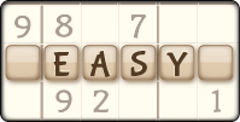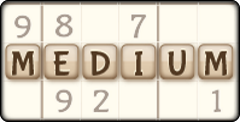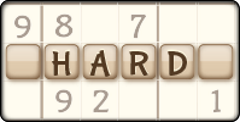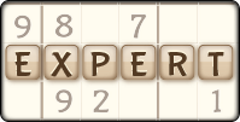Games to Play When You’re Bored at School: Fun Ideas to Pass the Time

According to science, students feel bored around 33% of the time at school. That is about 2.5 hours per day! As such, they’re always on the lookout for fun games to play that pass the time and keep the ennui at bay.
But what’s out there? Well, you’re about the find out. We look at various games, from those you can play with pencil and paper to brain teasers and creative drawing challenges.
Let’s begin, shall we?
Classic Pencil and Paper Games
Pencil and paper games are an excellent option for school for obvious reasons. Every student has a pencil case!
But which game should you play?
Hangman
Hangman is a classic game for passing time at school. The idea is to get your friends to guess the letters that make up a word in your mind. For every correct guess, you add the letter to spacings representing the target word. For example, if your target word was “dolphin” and your friends guessed the letters D, P, and I, you would write:
- D_ _ P _ I _
However, if they got a letter wrong, you would draw an element of the gallows. For example, you might start with the base, then the pole, then the crossbeam, and so on.
Ultimately, it’s up to you how many chances you give your friends to guess the word or phrase you are thinking of. But don’t be too lenient – the game should be challenging!
Crosswords
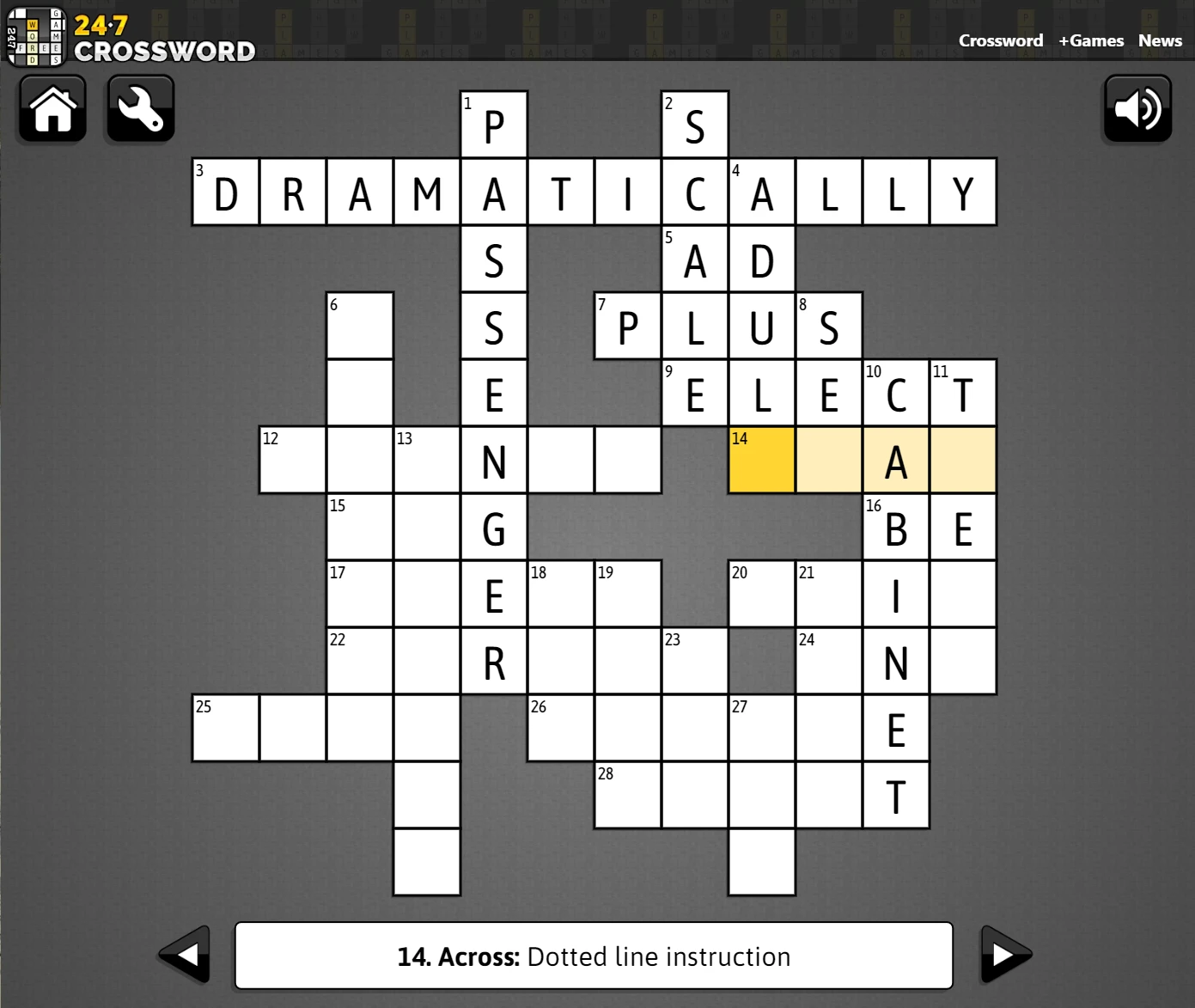
Crosswords could be a better option if you prefer to play alone. These games get you to guess words in a grid using nothing but cryptic clues and the odd letter from whatever other words you manage to find.
You can make your own crosswords but having a book handy is usually better. You can also play randomly-generated crosswords online with thousands of words to guess and ponder over.
When playing crosswords, start on easy mode and work your way up. It takes time to get the hang of it and train your mind to work in a specific way. Over time, the seemingly cryptic clues will make more sense to you, developing your lateral thinking skills and letting you complete puzzles faster.
Tic-tac-toe
Tic-tac-toe (or “noughts and crosses” in some parts of the world) is another super simple, paper-based game ideal for getting you through boring school days. It’s easy to set up and only takes a few minutes to explain to your friends.
You start by drawing a three-by-three grid (with a total of nine squares). Then, you take turns drawing Os and Xs, aiming to complete a row of three in any direction (including diagonally).
Usually, the player marking the grid with Os goes first, and then X follows. Try to alternate who starts in each round and play best of 5 or 7.
Dots And Boxes
Dots and Boxes is like a paper version of the ancient Chinese game of Go. Here, you and a friend mark lines on a grid in an attempt to capture territory.
The rules are pretty simple:
- Players take it in turns to draw lines between dots in their color (usually red and blue)
- Players can join up two dots per turn on a premarked page horizontally or vertically
- Players attempt to join up the final side of each three-sided box to capture territory
- When a player captures a box, they write their initial inside
- The player with the most territory at the end of the game wins
The game seems simple at first. But as you play it more, you soon realize how complex it gets. Even on a small 4x4 grid, you can deploy hundreds of strategies.
Engaging Sudoku Puzzles
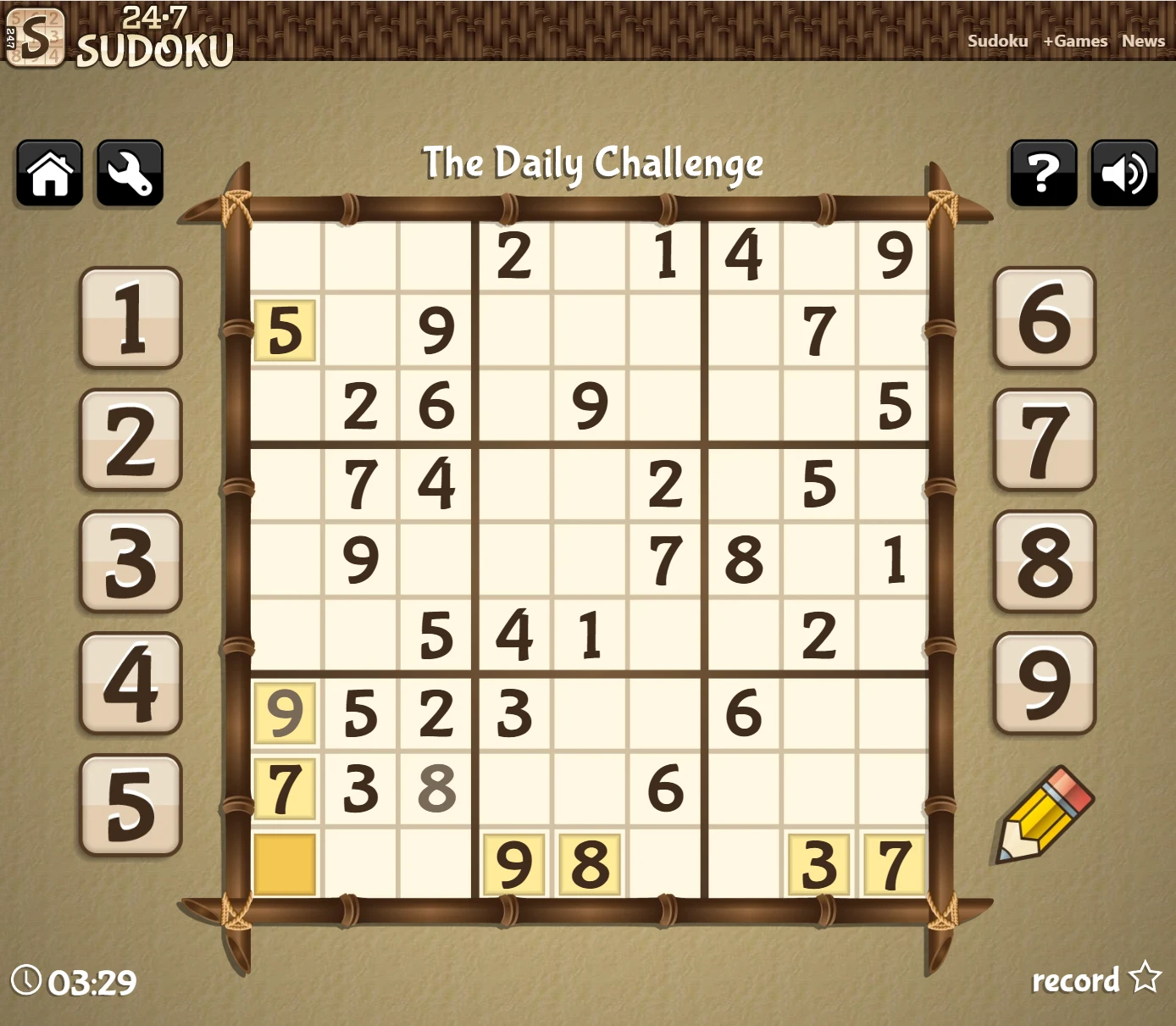
If numbers are more your thing, then sudoku puzzles are an excellent option. These games get you to create strings of numbers from 1 to 9 that:
- Cross the grid horizontally and vertically without repeating
- Include numbers 1 to 9 in each of the nine sub-grids
Sometimes, you will have to guess numbers (because you don’t have enough information on the missing links). However, some games allow you to proceed without making any mistakes, as long as you use all the information available to you.
Winter Sudoku
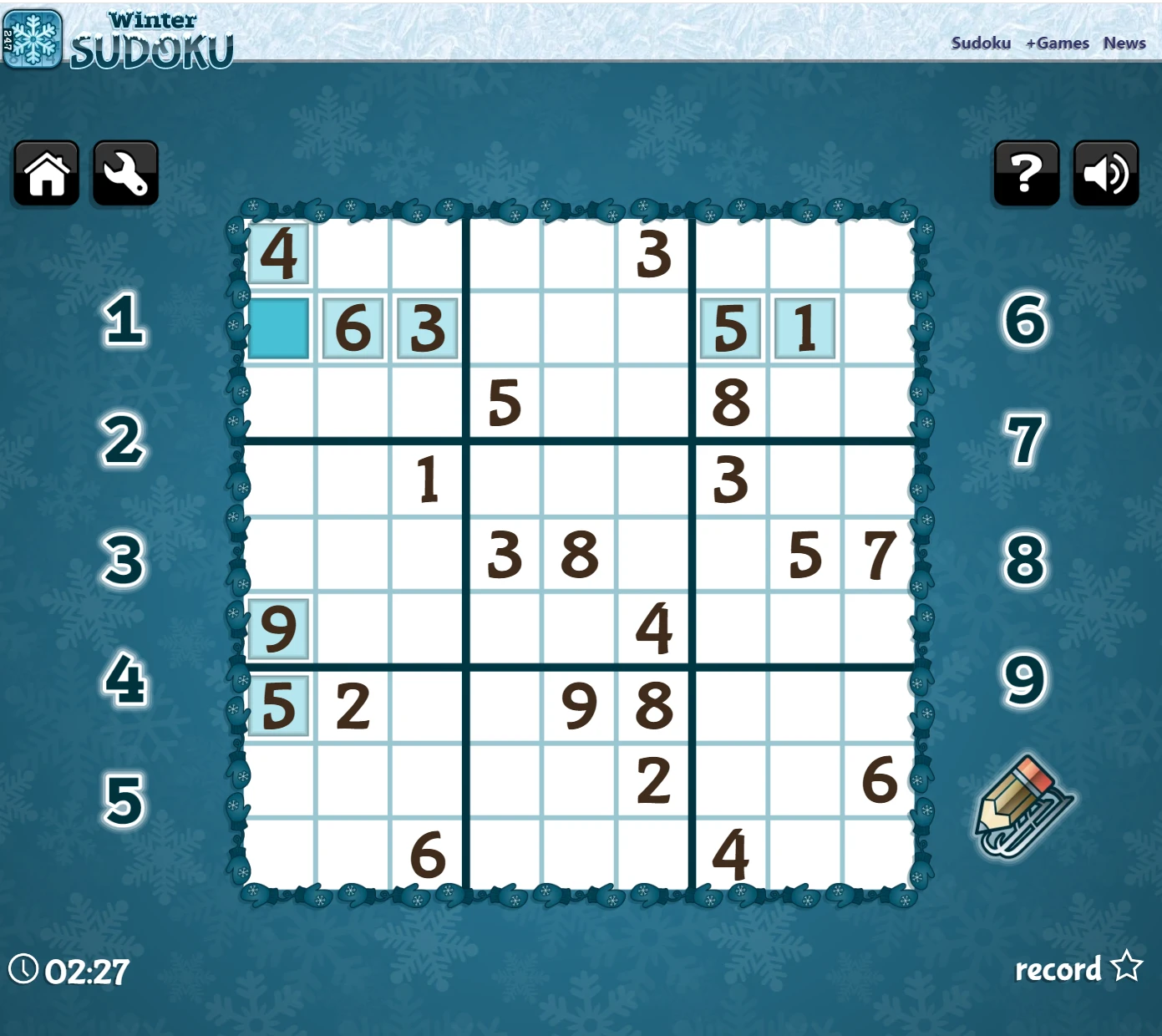
Winter Sudoku is a winter-themed version of sudoku that gets you to guess the position of snowflake-themed numbers on a grid. The rules are the same as other versions of the game.
Halloween Sudoku
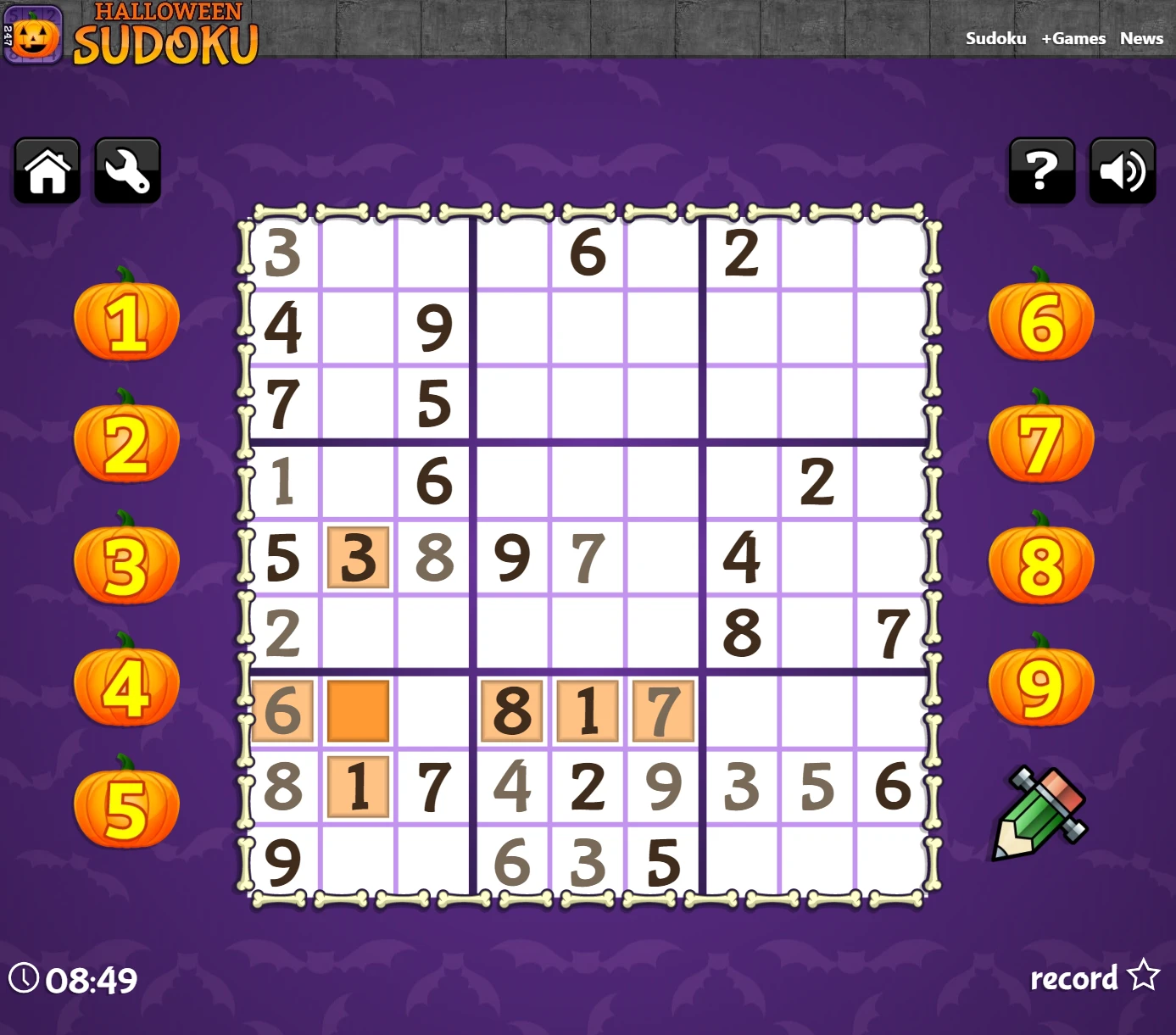
Halloween Sudoku is another option for those wanting a spooky challenge during the fall. It involves placing pumpkin-themed numbers in the right position to create rows and columns that include all the numbers from 1 to 9, as well as subgrids that contain the same sequence of numbers (and no repeats).
You can set sudoku to medium or hard. The higher the difficulty level, the fewer pre-filled squares you get.
Quick Brain Teasers
You could also try passing the time with quick brain teasers at school. These games force you to put your thinking cap on (a bit like sudoku).
Solitaire
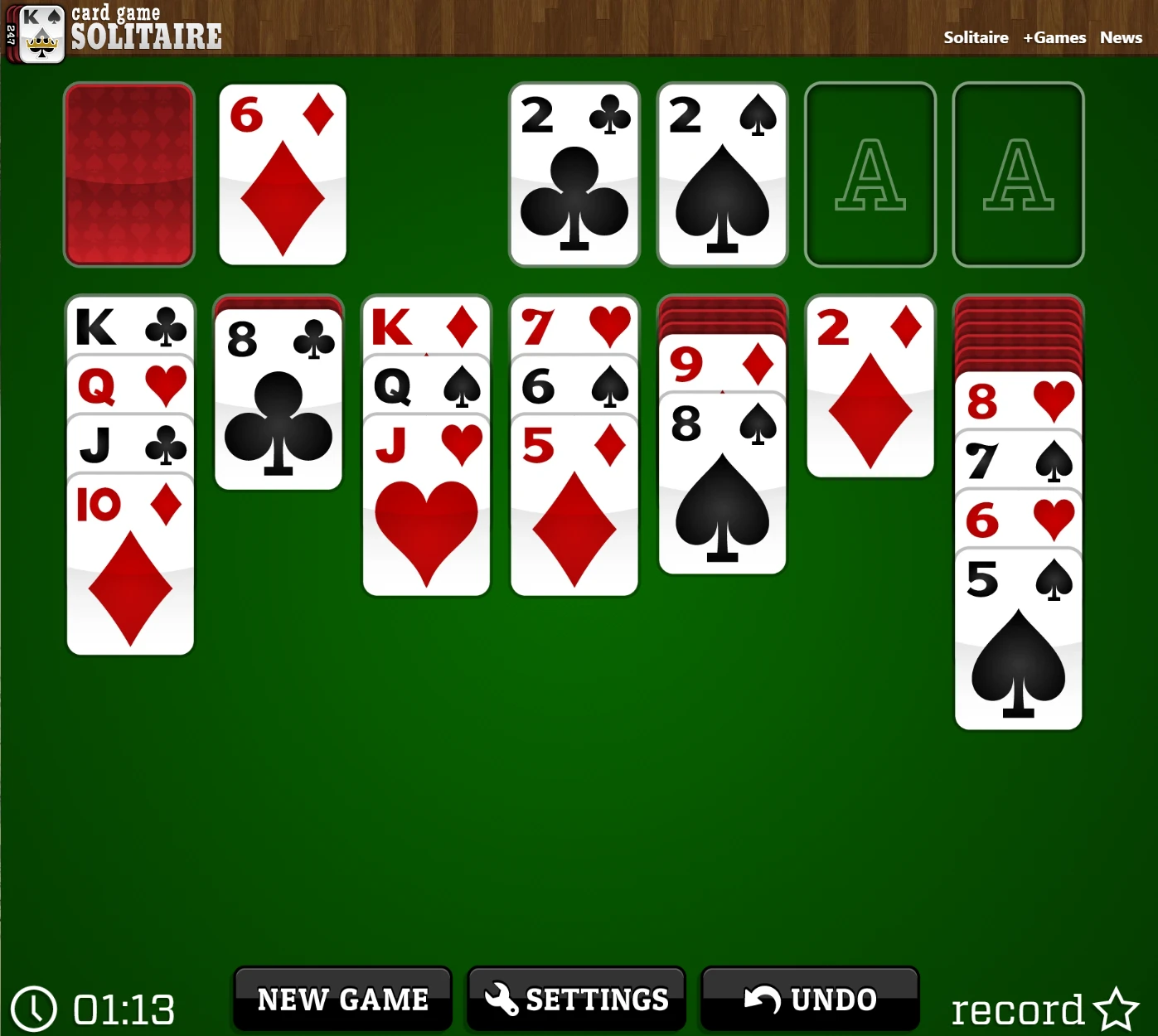
One option is to bring a pack of playing cards to school for solitaire. This game gets you to use special rules to create neat sets of same-suit cards by following special rules.
Start by arranging the deck with seven columns of cards placed face-down, with each having one fewer card in it from the last running from right to left. The columns from right to left should have 7, 6, 5, 4, 3, 2, and 1 cards respectively. The four spaces at the top are for completed card decks. The remaining cards go into the pile in the top left for drawing later.
The goal is to find sequential cards of alternating colors to place on the upturned cards in each column. For example, you could place a 5 of diamonds on a 6 of spades (as above).
Once a card is in play, it can move from its existing column to a new one, revealing the card below. Then, you can play this card and so on, creating alternating red-black sets.
You create the set of suits in the four slots at the top starting with aces and working your way up sequentially from there. For example, beginning with the ace of clubs, you can place the two followed by the three, followed by the four, and so on. Completing all four suits up to the king ends the game.
Solitaire’s rules can seem challenging when you first encounter them. But with a few hours of practice, you will become quite good at it. And if you play it every day, you’ll be a master!
You can also play solitaire online. Here, software randomizes the deck, providing you with a new challenge every time.
Minesweeper
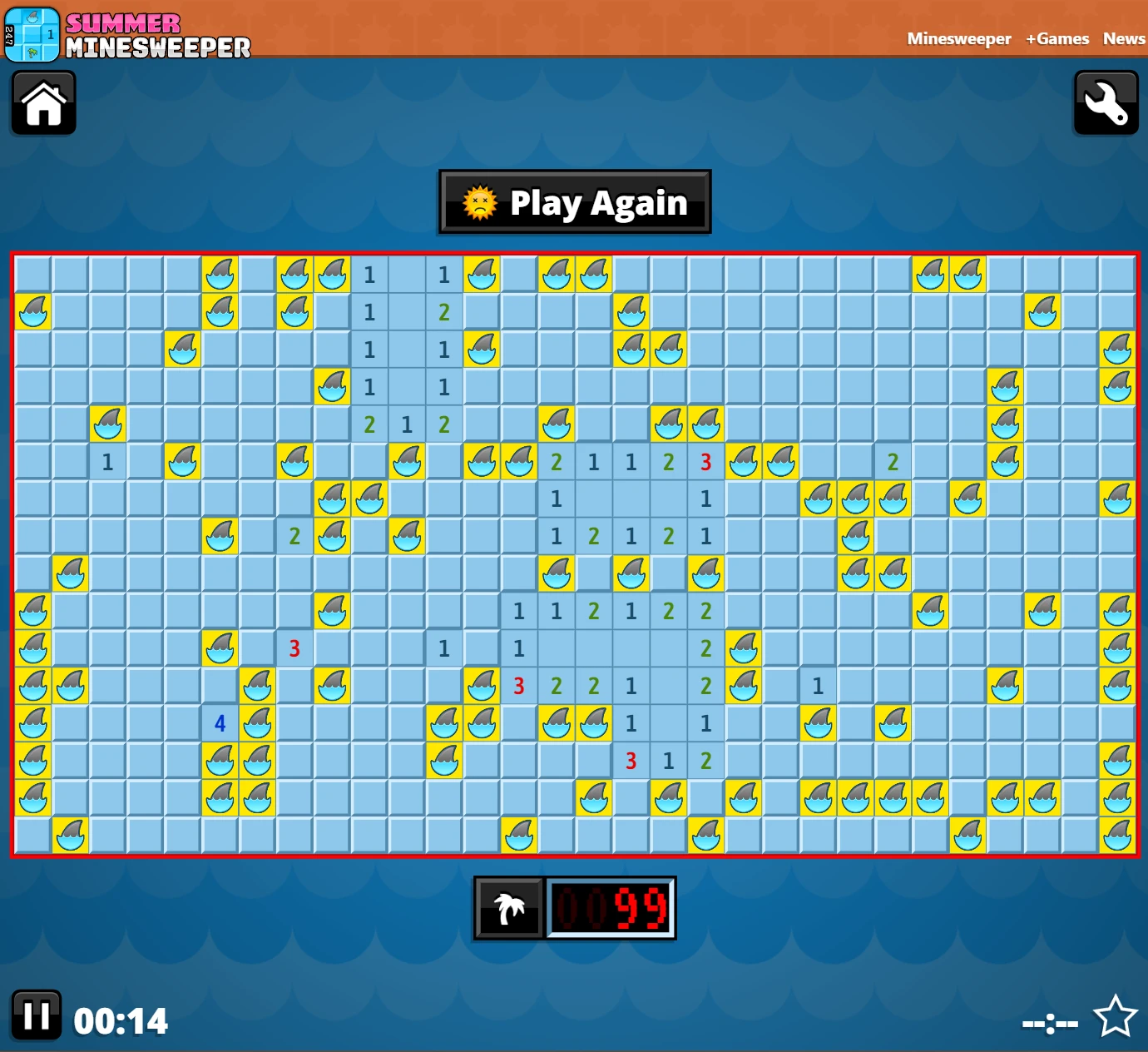
Minesweeper is another fun game to play when bored at school that keeps your mind sharp. It forces you to think logically about where the next mine (or shark) might be.
When you click the minesweeper board, the game will reveal a section clear of mines and ringed by numbers. These digits indicate how many mines are nearby. The goal is to use your powers of inference to determine where the mines must lie.
While the concept seems simple, it is easy to make a mistake. You can make logic errors or simply get ahead of yourself, sweeping too quickly without really thinking about where the next mine might be.
Start with a simple game on a small grid with only a few mines. Then, once you get the hang of it, you can progress onto more challenging maps. Minesweeper is a game you think you can master, but it always finds a way of catching you off-guard!
Chess
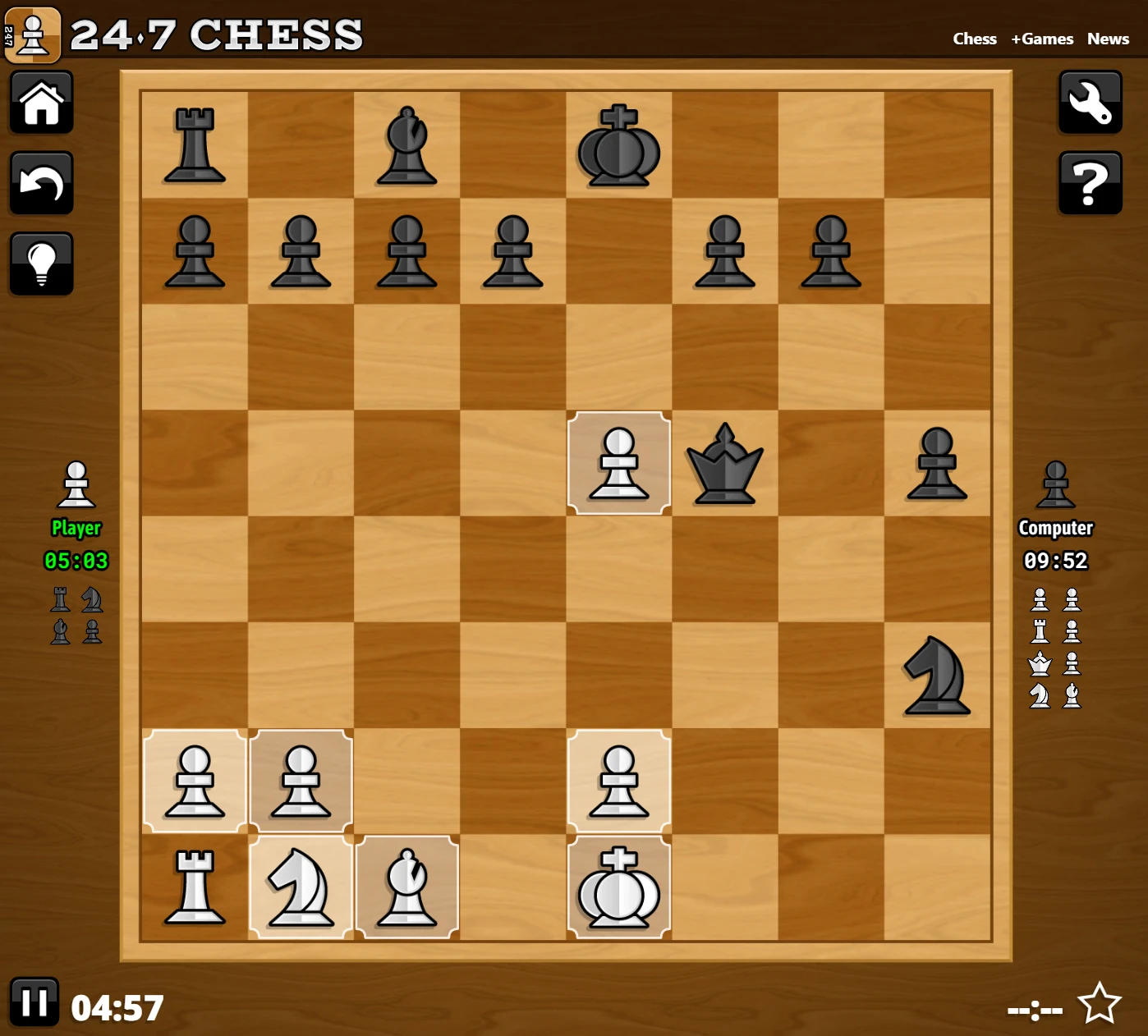
Chess is a classic brain-teasing game that forces you to think logically and strategically. No wonder so many schools run chess clubs!
The game is addictive because you never know what will happen next. Each round always surprises you, even if you play against the same person (or yourself!)
The aim in chess is to checkmate the other player’s king by pinning it down with your pieces. If it can’t escape “check” by moving one grid space in any direction, the game ends and you win. Likewise, you lose if the opposing player does the same to your king.
Pawns can move one square ahead (or two from the starting position). Rooks move vertically and horizontally at any distance, while bishops can move along the black or white diagonals at any distance. Queens can go in any linear direction, any number of squares, while kings can plod only one square in any direction. Each player gets eight pawns, two rooks, two knights, two bishops, a queen, and a king. Players must take it in turns to move their pieces.
Once you understand the basic rules of chess, the game will open up to you. You can spend an entire afternoon playing it with friends and never notice the time going by. Average games usually take around 10 minutes if you play at speed, but you may want to spend more time thinking about your next move before committing to it.
If you want to play alone, the best option is to go against the computer. Modern algorithms are exceptionally advanced and can provide as much or as little challenge as you need to improve.
Creative Drawing Challenges
Another option is to engage in creative drawing challenges. These rely on the sheer power of art to keep you entertained!
One Line Drawing Challenge
For example, some students love one-line drawing challenges. These are where you attempt to draw something without lifting the pen from the paper.
The concept sounds simple, but it is anything but. It requires you to think ahead and plan how you will create the image you have in your mind. After all, going back and retracing your steps could ruin your drawing.
The simplest objects to draw with one line are trees and buildings. Things get more complicated when you move onto landscapes and faces.
Monster Fusions
Monster fusions are another idea. These are where you try to combine two gruesome ghouls into a single image.
For example, you could mix Godzilla with the Wicked Witch of the West from The Wizard of Oz, or Darth Sidious from Star Wars with the robot dog in Wallace and Gromit: A Close Shave. It’s really up to you.
Monster mashups are fun because they force you to think creatively and you never quite know what will result. If you get stuck, try prompting AI image generators to inspire you before committing pen to paper.
Minimalist Drawing Challenges
Minimalist drawing challenges are also worth trying. These get you to create a work of art using the fewest lines possible.
For example, you could try to draw:
- A city skyline
- A famous landmark
- A famous person
However, your friends must be able to guess what you’re drawing. For example, you could pen the outline of the Statue of Liberty or the mustache-filled face of Albert Einstein.
Alphabet Challenge
If your school boredom seems never-ending, you could also try the alphabet challenge. The idea here is to draw something new that starts with every letter of the alphabet over 26 days. For example, you could begin with an aardvark and then move onto a beach scene, and then a cat litter, and then a dachshund you see walking home from school every day, and so on.
Draw Using Your Opposite Hand
Lastly, you could embark on a drawing challenge where you try to draw something with your non-dominant hand. For example, if you normally use your right hand to write, you would use your left hand instead.
Drawing with your opposite hand is a strange experience because it taps into a fundamentally different part of the brain. Often the images you create are starkly different from your normal style – and not just because you lack practice with your opposite hand. Sometimes, you can tap into a different area of thinking and generate stunning images that even impress your art teacher.
Interactive Word Games
What about interactive word games? These fire up the language centers of your brain, helping you think better while increasing your processing speed.
Word Search
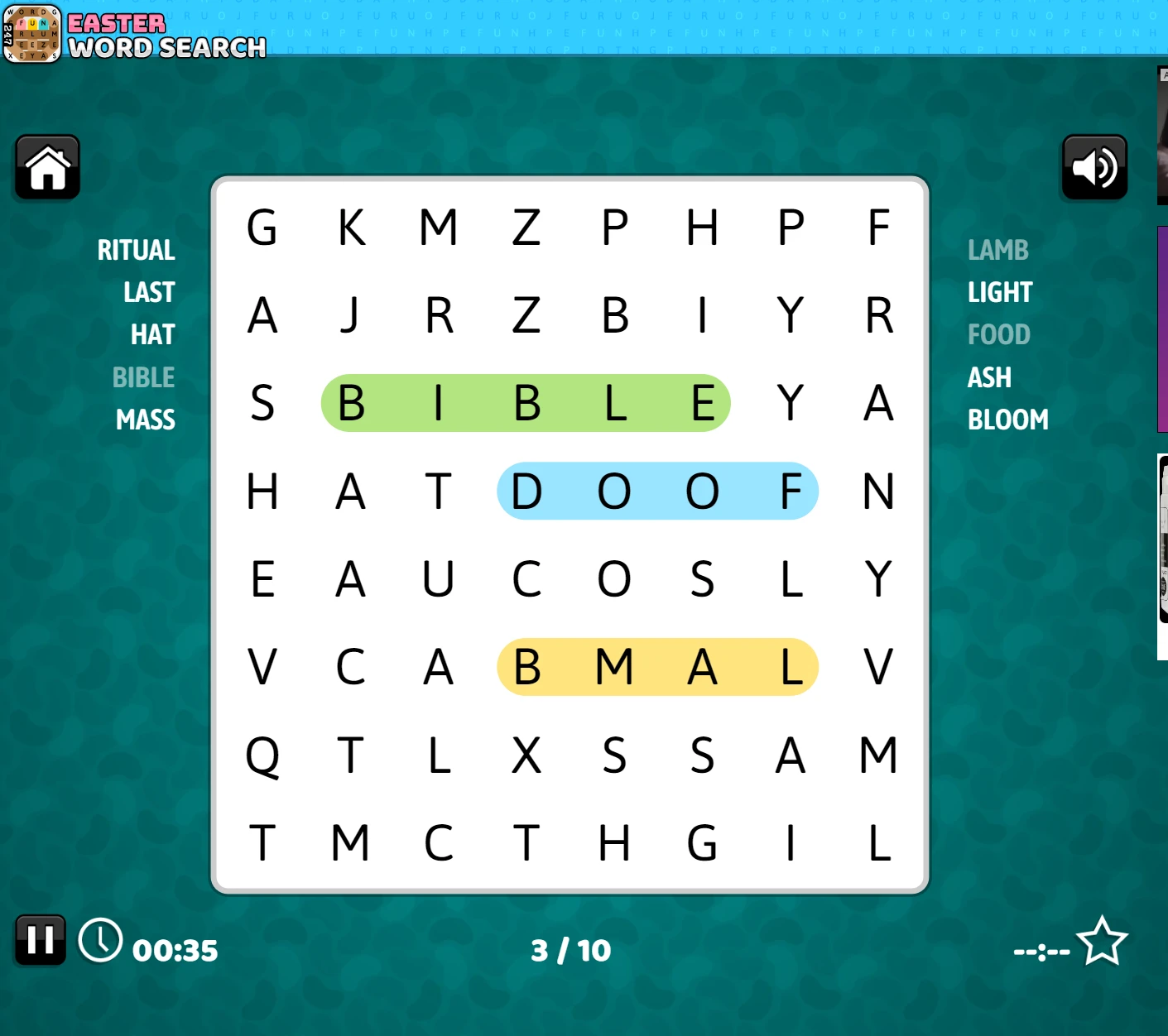
Word searches are the classic option. These games get you to recognize patterns in a jumbled letter grid.
You can find compendiums of word searches. These often contain hundreds or thousands of games to try. You can also play online where there are an infinite number of possibilities to explore and always new challenges.
The best way to play word searches is against the clock. Completing them in record time tells you whether you’re improving.
Wordley
Wordley is another option. The aim of this lesser-known game is to correctly guess a five-letter word in less than six attempts.
You start the game by entering letters into the top row. Then, the game will present a gray outline if the letter isn’t in the word, a yellow one if it is but you’ve put it in the wrong spot, and a green one for the correct spot.
Then, you move to the next row and try again to guess the hidden word with the new information. The idea is to use your vocabulary skills and powers of dedication to work out what the word is.
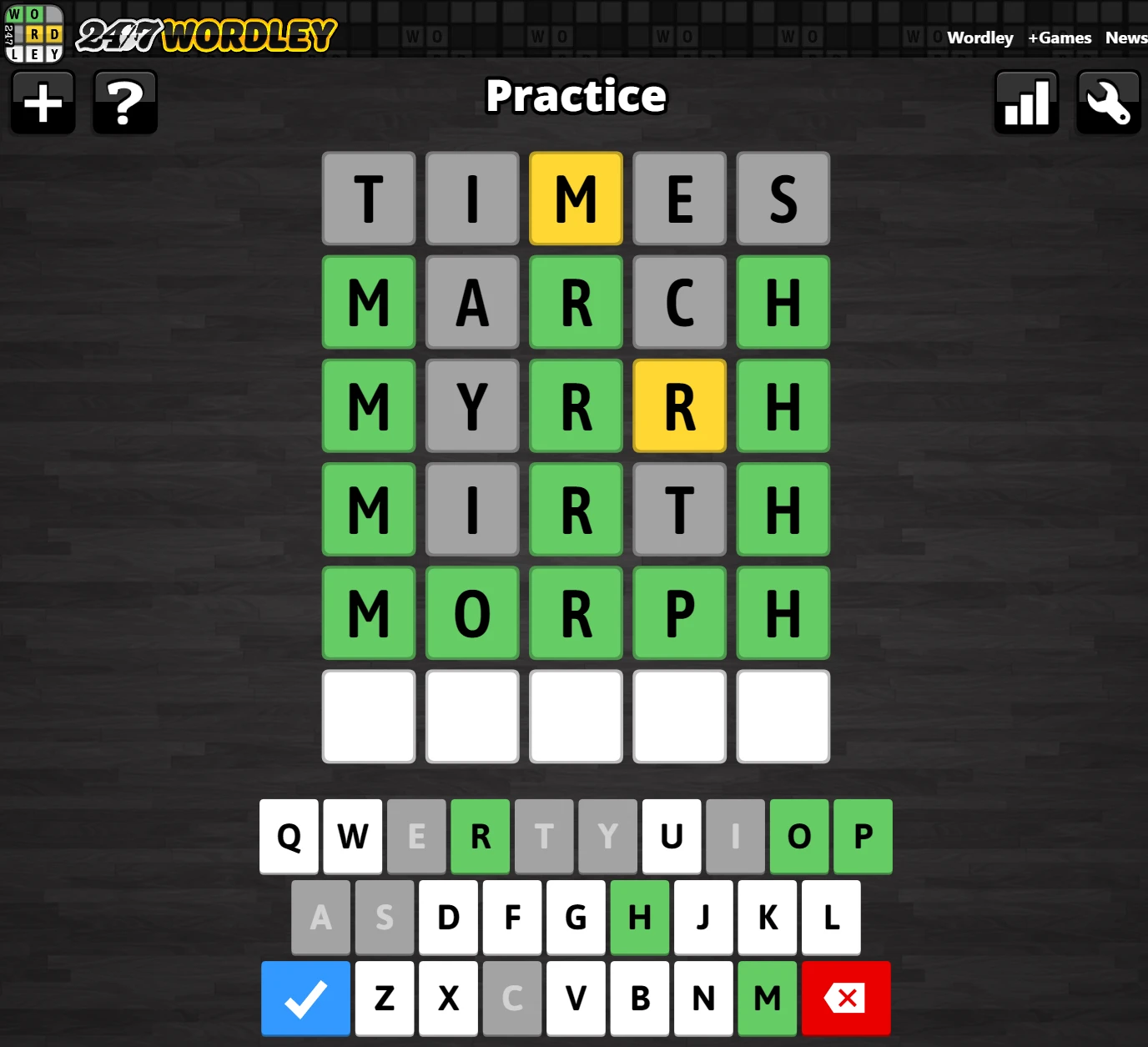
In this example, the first guess was TIMES, a reasonable five-letter word. However, the only relevant letter was “M,” and it wasn’t in the right spot.
The next attempt was “MARCH” putting the M in 1st place instead of the 3rd. This time, the guess was right, and two other letters were also correct, “R” and “H”.
MYRRH was the third attempt, but it wasn’t the right answer. MIRTH was another attempt, but also a redundant one, since “I” and “T” were already grayed out in the first round. That left only one option: MORPH.
Fun Math Puzzles
Another option is to try some fun math puzzles. These are ideal if you love brain teasers.
Cross-Number Puzzles
Cross-number puzzles are the numeric equivalent of crosswords and get you to fill out a grid by solving problems presented in clues. Usually, the level of challenge is high, so you often have to rely on previous results to guess the next.
Cross-number puzzles are nice because they teach you mathematical concepts. As you battle through the clues, you learn everything from probability to number theory, helping you in math class.
Prime Number Hunt
You might also enjoy going on a prime number hunt. These games see you trying to identify prime numbers in a predefined range.
Prime number hunting is exciting because there’s no way to tell where the next number will come in the sequence. Mathematics geniuses like Terence Tao and James Maynard are working on systems to automate these processes, but their algorithms aren’t perfect yet and may never be. As long as you focus on primes in ranges low on the number line, you can compare your notes to the numbers already mapped by computers to see if you got them all.
Number Palindrome Games
The number palindrome game is another option. The idea here is to embark on a number-manipulating algorithm and see how many steps it takes to reach a palindrome number – one that is the same forward as backward, like 323.
For example, you could start with the number 14. Then you could reverse the digits to produce 41 and add it to the original number to get 55. And there you have it: a palindrome number in one attempt!
Halving Puzzle
Finally, you could try the halving puzzle, something that early mathematicians grappled with when putting modern mathematics together. This game revolves around the question: what happens if you keep halving a number?
For example, you could start with the number 16 and halve it to get 8, then 4, 2, 1, 0.5, 0.25, etc. Then you could ask what would happen if you kept halving. Would you get to zero? Is there a way to prove you would get to zero?
Trivia and Quiz Challenges
Finally, you could explore trivial and quiz challenges at school. These games can be an excellent way to test and expand your general knowledge.
Jeopardy
Jeopardy is one of the most intellectual trivia games out there. It reverses the traditional question-and-answer format by providing general knowledge clues and getting you to identify the person, place, thing, or idea the clue describes by phrasing the response in question form.
For example, Jeopardy! games might provide the clue: “The chemical symbol for water.” Then players would have to respond “What is H2O?” Or “The value of pi rounded to two decimal places” with the question, “What is 3.14?”
Getting your head around Jeopardy! is challenging when you first start because you want to give straight answers. But over time, you get better at generating the questions the clues naturally produce.
Trivia Bingo
Trivia bingo is another exciting game to pass the time at school. It combines the addictive gameplay of bingo with the brain-teasing elements of classic trivia.
Trivia bingo begins by creating bingo cards with trivia answers. Students then mark off the cards until they reach bingo. (This concept is the same as regular bingo, except the cards have written answers, not random numbers).
Ideally, there should be multiple potential answers for each question. Furthermore, it is helpful if the students’ question cards have randomization elements to prevent everyone from shouting bingo at the same time.
20 Questions (Who Am I?)
Finally, 20 Questions is another fun game to pass the time at school. Here, one player imagines a famous person or notable figure and then everyone else gets to ask yes or no questions to figure out who it is.
For example, your famous person might be Abraham Lincoln. Then players might ask questions like:
- Is the person in politics? – YES
- Is the person still alive? – NO
- Is the person a president? – YES
- Was the person assassinated? – YES
- Is the person Abraham Lincoln? – YES
So, which of these games do you want to try at school?
Sudoku Levels
Seasonal Sudoku Games
More Games
Sudoku News
Disclaimer
DISCLAIMER: The games on this website are using PLAY (fake) money. No payouts will be awarded, there are no "winnings", as all games represented by 247 Games LLC are free to play. Play strictly for fun.

